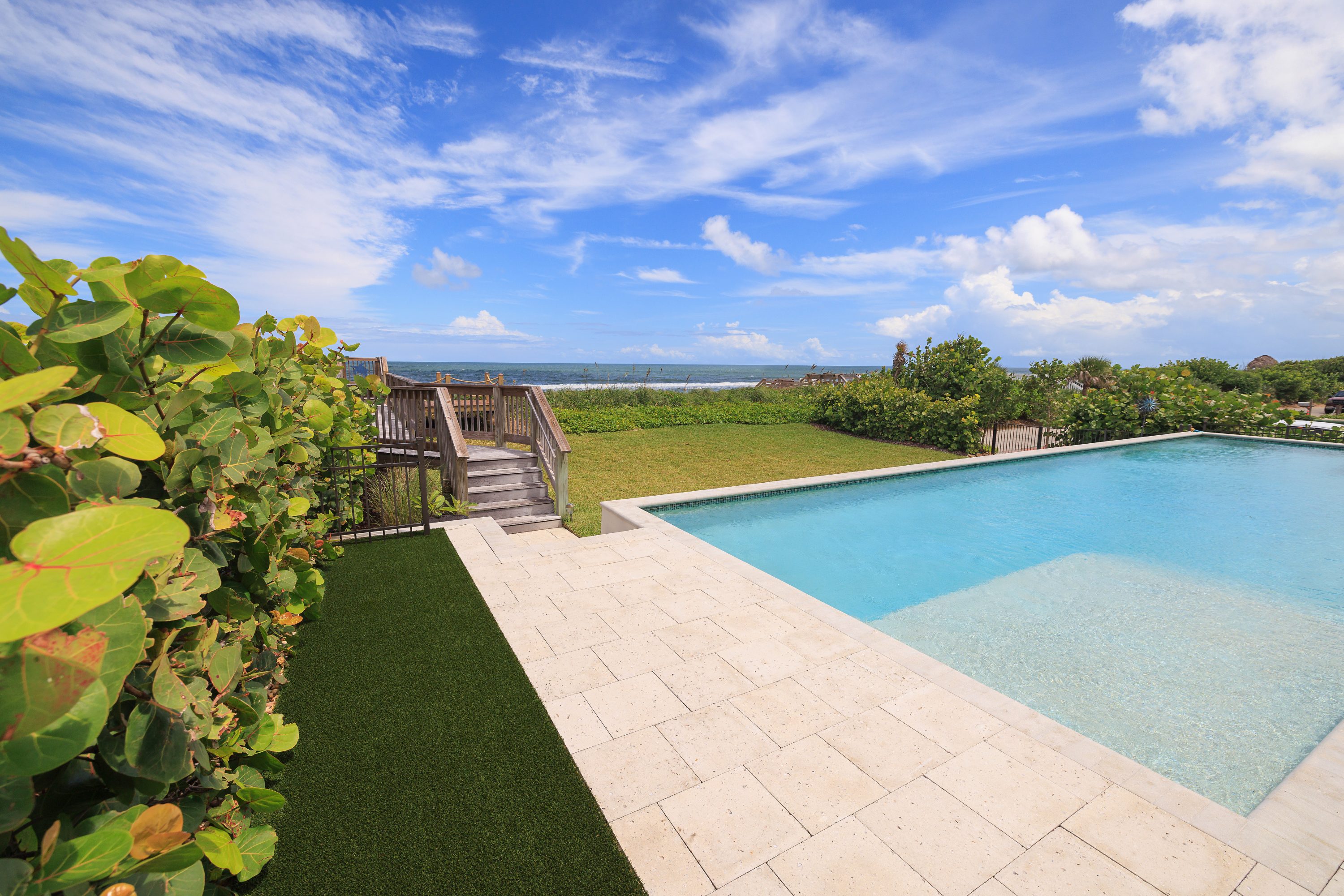Living near the water comes with unbeatable views, but it also brings a quiet challenge that every coastal homeowner eventually faces: salt. Whether it’s carried through the air by ocean spray or soaked into the soil after storms, salt can gradually weaken even the healthiest landscape. It dries out leaves, stunts new growth, and changes how your soil holds water. The result is often a yard that looks tired no matter how much care it gets.
The good news is that a little knowledge and planning can make a huge difference. By understanding how salt affects your landscape and making a few smart adjustments, you can keep your property thriving all year long.
Understanding How Salt Affects Plants and Soil
Salt pulls water away from plant roots, leaving them dehydrated even when the soil looks damp. It also interferes with nutrient absorption, which leads to yellowing leaves, burned edges, and slow recovery after windy or dry weeks. Over time, this buildup alters soil structure, compacting it and making it harder for air and water to reach the roots.
The first step to protecting your landscape is awareness. If you notice white residue on leaves, patches of bare soil near driveways or walkways, or plants that look scorched after a storm, you might be dealing with salt stress.
Choosing Salt-Tolerant Plants
Coastal conditions can be tough, but nature offers plenty of resilient solutions. Native and salt tolerant plant groups thrive where traditional landscape choices struggle. Look for options known for their strength, texture, and ability to sway with coastal breezes while holding up to regular salt exposure.
At Coastal Landscapes, we often use a layered planting approach that blends resilience with thoughtful design. By placing the toughest plants along the outer edges and tucking more delicate selections into protected areas, you can maintain both beauty and long term durability in your outdoor space.
Rinsing and Refreshing After Salt Exposure
Regular irrigation is one of the easiest ways to prevent salt damage. Rinsing your plants and soil with fresh water helps flush out excess salt before it has time to accumulate. This is especially important after strong winds, heavy sea spray, or extended dry periods. If your property has poor drainage, consider adjusting your watering schedule or improving soil composition with organic material to help water move through the soil more effectively.
Creating Natural Barriers
Design can do a lot of the work for you. Strategic planting and well-planned hardscaping can create protection zones that keep salt spray from reaching more vulnerable areas. Tall grasses, hedges, and dense shrubs can act as living walls, absorbing the brunt of the wind. Similarly, fences, stone borders, or dune mounds can serve as windbreaks while adding structure and beauty to your outdoor space.
Supporting Soil Health
Healthy soil is your landscape’s first line of defense. Adding organic matter, compost, or mulch helps the soil retain moisture and improves its structure. These layers also reduce evaporation, which minimizes salt concentration over time. When you maintain balanced soil and avoid over-fertilizing, plants are better equipped to recover from stress and maintain their natural resistance to salt intrusion.
The Takeaway
Salt damage doesn’t happen overnight, but it can sneak up quickly if left unchecked. By combining thoughtful plant choices, regular rinsing, protective design, and healthy soil care, you can create a landscape that not only survives coastal conditions but thrives in them.
Coastal Landscapes offers year-round maintenance services tailored to the unique challenges of Florida’s coastal environment. From spring prep to winter cleanups, our team protects your property and keeps it looking beautiful in every season. Partner with us to ensure your landscape remains resilient and ready for the next sea breeze.
